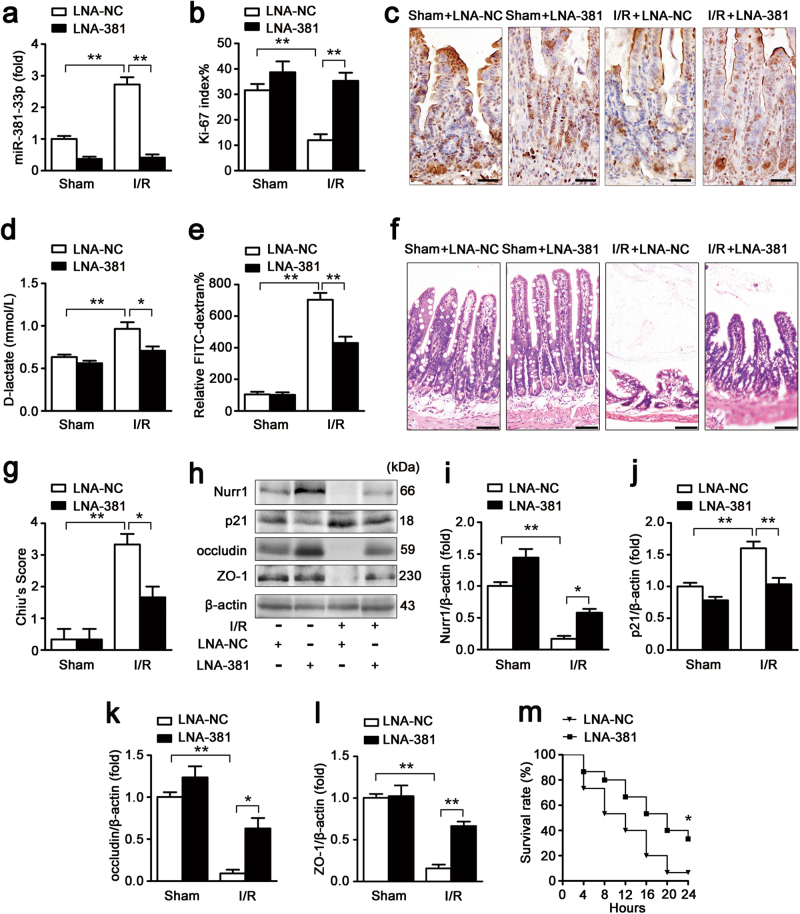Fig. 4. miR-381-3p inhibition improves intestinal barrier restoration after I/R injury in mice.
The mice were divided into the following four groups: a sham + LNA-NC group, a sham + LNA-381 group, an I/R + LNA-NC group, an I/R + LNA-381 group (n = 8 per group). LNA-381 or LNA-NC (2 mg/kg) was administered by caudal vein injection at 12 h before surgery. The I/R times were 45/240 min, respectively. a qRT-PCR showing miR-381-3p expression, n = 8. b and c Immunohistochemical staining for the Ki-67 antibody in intestinal tissues for proliferation analysis. Scale bar = 50 μm, n = 6. d Serum d-lactate levels, n = 8. e FITC-dextran intestinal epithelial paracellular permeability, n = 8. f and g Representative images of H&E-stained intestinal sections of mice from the above four groups. Intestinal injury was scored histopathologically (Chiu’s score) according to a scoring system. Scale bar = 100 μm, n = 8. h-l Representative western blot showing nurr1, p21, occludin or ZO-1 protein expression in intestinal tissue, n = 3. m The survival rate of the mice, n = 15. *P < 0.05, **P < 0.01. The error bars describe the standard deviation

